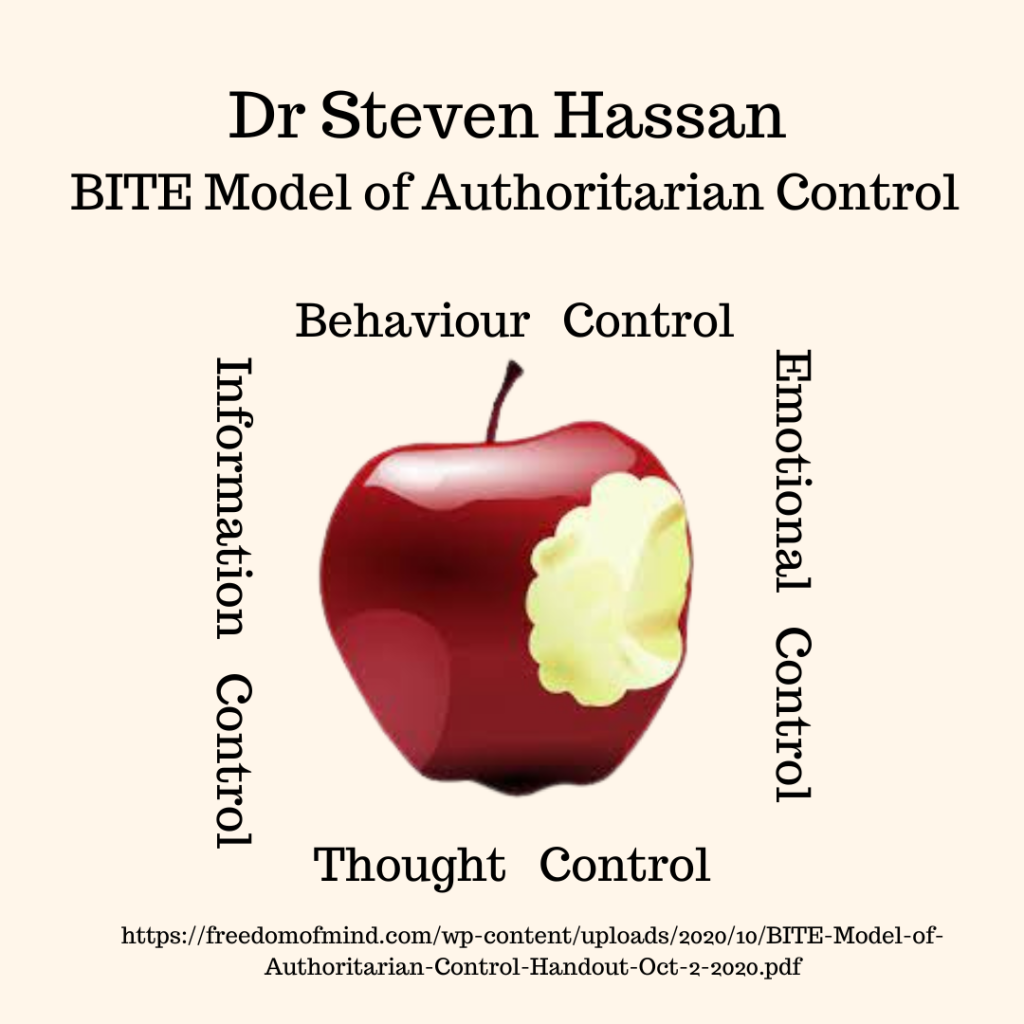Sunday Blog 41 – 19th June 2022

In 1979 when I was just 14, life became a little interesting in my staunchly Catholic, very suburban household when my eldest (kind, thoughtful, smart, gentle and idealistic) sister joined the Orange People. At the time they wore orange clothes (hence the name) and followed Bhagwhan Shree Rajneesh, later known as Osho. It prompted a groundswell of all the things within my family as can be imagined. But for me, it caused an unpicking of my childhood Catholic strait jacket, seam by seam. There were so many of the same problems in both organisations it seemed to me, even though outwardly they appeared so different.
Fast forward many decades, and two months ago I was recommended the podcast A Little Bit Culty. I started with the episode featuring Erin Roberts talking about her time in the Orange people, and raged and wept as I listened. The abuse of women and children is so devastating. Also the fact it took Erin most of her life to recognise that what she experienced was abuse got me in all the feels.
I then went back to find out more about the hosts, Sarah Edmondson and Anthony Ames and their flight from the NLP infused self-development cult NXIVM. They escaped from NXIVM and were part of dismantling it and ensuring the leader will never get out of jail (very satisfying). I have been dipping in and out of this important podcast, every now and then needing breaks, because this stuff is hard.
So in the tradition of “Too Long Didn’t Listen” I have extracted some nuggest from my hours of listening:
-Much like people trapped in domestic violence situations, people outside a cult can look in and be very judge-y, imagining they are completely immune from this ever happening to them, and puzzled why they “don’t just leave.”
-People don’t join cults – they follow a dream or an ideal – usually a better world, a new way of doing things, a great leap forward for human kind. There can a lot of shame for people leaving cults, who can berate themselves for getting into them in the first place. It’s important to remember the positive things they were pursuing, and the wonderful experiences that can be had in a cult, even if it turns to ash after a while.
-Once they are seduced into a cult, the leader will usually perform a predictable range of manipulative behaviours. These have been painstakingly researched and put into a model called the BITE model by Dr Steven Hassan, himself an escapee from the Monee cult (see image above). You can look up for yourself here to find his short document which lists the features of a cult in terms of control of Behaviour, Information, Thoughts and Emotions. Working through that list and seeing how many ticks an organisation gets can help you begin to identify if you are in a cult, can open up that little gap to allow some critical thinking to creep in.
-It’s very hard for people in cults to have any time to have that little gap for critical thinking as they are kept very, very busy. This might mean a punishing schedule of talks, tasks, daily routine. Or it might mean distracting people with new ideas.
-Another key feature is disconnecting people from their gut instincts, their warning signals for when things are moving into the realms of abuse. Usually this is achieved by telling followers they don’t have enough faith, or they don’t have the grit it takes to keep on working on their issues etc.
-Dr Steven Hassan provided a super helpful approach when you think a loved one may be in a cult. He talks about this in the second episode of A Little Bit Culty.
Be open, curious, acknowledge the ideal that your loved one is seeking through the cult. Assure them that you too want a better world and ask them to explain to you how this cult is the only way to achieve that. This open conversation can encourage an ongoing dialogue which may help them think their way into freedom.
It just felt important to share this here. A little bit culty might be OK, but a lot culty is not OK…
